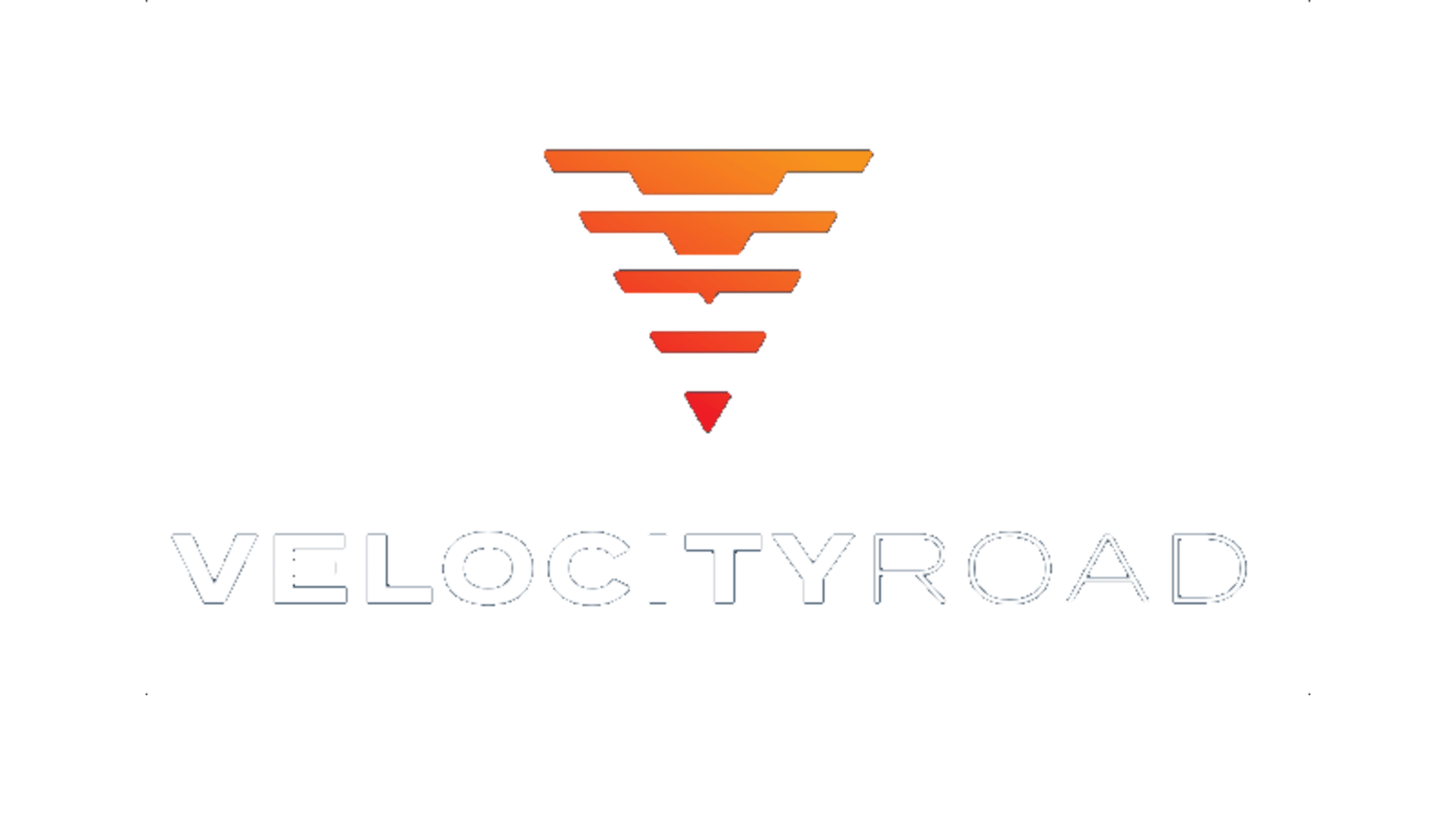AI Readiness Revealed: The Costly Gap Between Investment and Implementation
📊 The Readiness Gap: Investment Without Preparation
Companies are pouring millions into AI while simultaneously admitting they aren't ready to use it. This week's data reveals an uncomfortable truth: 86% of dealmakers have integrated GenAI into M&A workflows, yet only 47% of organizations feel adequately prepared for implementation. The rush to deploy is creating a dangerous disconnect between capability and competency.
The gap isn't just philosophical. Deloitte rolled out Anthropic's Claude to 500,000 employees the same week it refunded a government contract for AI-generated report errors. Meanwhile, 45% of enterprise employees are using generative AI tools without authorization, with 22% of that data including sensitive information. These aren't edge cases—they're symptoms of organizations racing past the preparation stage straight into production.
But here's what the panic merchants miss: The companies getting it right aren't moving slower. They're moving smarter. They've cracked the code on what sits between investment and impact, and it's not another tool or platform. It's organizational readiness built on three pillars: literacy, governance, and hybrid intelligence. The gap between AI pacesetters and everyone else isn't funding—it's fundamentals.
Let's dive in.

🎯 The AI Literacy Divide: Preparation Beats Technology

The failure isn't in the AI. It's in the assumption that deploying technology automatically translates to business value.
Organizations now spend over $1 million annually on AI for M&A teams, with 83% planning to increase that investment. Yet only 37% of companies believe they have adequate preparation. This creates a predictable pattern: massive investment, underwhelming results, then blame directed at the technology rather than the implementation approach.
The issue isn't capability—it's capacity. Workers spend 51% of their time on repetitive, low-value tasks, and 85% cite this as a primary cause of burnout. AI promises to eliminate this drudgery, but deploying tools without equipping people to use them effectively just adds another layer of complexity. The technology works; the humans aren't ready.
Consider what AI literacy actually enables: It's not just technical proficiency with tools. It's the ability to blend practical understanding with judgment—to critically evaluate outputs for bias, recognize limitations, and assess impact. Organizations with strong AI literacy see $19,000 in annual value per person, not because their tools are better, but because their people know how to extract value from them.
The data bears this out. G2's analysis of nearly 1,300 organizations found that 57% now have AI agents in production with an actual failure rate under 2%—dramatically lower than MIT's widely cited 95% failure statistic. The difference? Companies that succeed build literacy programs before scaling deployment. They understand that AI transformation isn't a technology challenge disguised as a people problem. It's a people challenge that technology amplifies.
The Pacesetters' Approach
AI pacesetters operate differently across four dimensions:
Vision alignment: 56% have clear, shared AI visions versus 30% of others. They start with business outcomes, not technology capabilities. Their question isn't "where can we use AI?" but "what problems need solving?"
Platform consolidation: 66% use enterprise-wide platforms with built-in AI versus 46% of peers. This isn't just about efficiency—it's about creating unified data environments where AI can actually function across business contexts rather than in isolated pockets.
Talent composition: 50% agree they have the right talent mix versus 29% of others. Critically, they're expanding hiring criteria beyond technical ability to include creative problem-solving and business acumen. The best AI implementations need people who understand both the technology and the business context.
Governance frameworks: 63% have created AI-specific policies versus 42% of others. Clear governance doesn't slow innovation—it enables it by providing guardrails that let teams move confidently.
The pattern is clear: Pacesetters don't invest more in technology. They invest more in readiness.
📌 Bottom Line: The gap between AI investment and AI impact isn't technical—it's organizational. Companies that build literacy, consolidate platforms, balance talent, and establish governance frameworks convert investment into outcomes. Everyone else just converts investment into expensive experiments.

🏭 AI Across Industries

🏦 Financial Services: When Speed Meets Oversight
The financial sector reveals both the promise and peril of racing ahead without preparation. TD Bank's research shows 48% of consumers value 24/7 AI-powered banking access, with 40% citing increased transaction efficiency and 39% pointing to enhanced fraud detection. The technology delivers tangible benefits when implemented properly.
But implementation is where preparation matters. 67% of young adults now use AI tools like ChatGPT for financial advice, surpassing both banks and professional advisers as trusted sources. This creates a paradox: consumers trust AI for complex financial decisions while banks struggle with basic deployment governance.
The solution isn't slowing down—it's building hybrid models. As TD's research emphasizes, banks must blend AI efficiency with human empathy, particularly for older generations where 35% of Boomers see no AI benefits and 65% cite data security concerns.
📌 Takeaway: Financial services companies that succeed balance automation with accountability. The technology handles volume and efficiency; humans provide judgment and trust. Neither works alone.
🏗️ Construction: Closing an Industry Skills Gap
Construction faces a unique challenge: a projected $4.2 trillion in global growth over 15 years colliding with a 41% year-over-year increase in job vacancies. AI offers a solution, but only if companies prepare the workforce to use it.
The sector's readiness problem stems from data fragmentation. Workers spend 18% of their time searching for information, and 43% believe better data access would improve decision-making. AI can't fix this without first addressing the underlying data infrastructure and interoperability challenges.
Where preparation meets deployment, results follow. AI-powered predictive analytics can reduce project costs by up to 15% through better resource allocation and early identification of potential overruns. But these gains require trained teams who understand both construction processes and AI capabilities.
📌 Takeaway: Construction's AI future depends on breaking down data silos before deploying intelligence layers. Companies investing in workforce training alongside technology see measurable cost and safety improvements. Those deploying AI without preparation just create expensive dashboards nobody uses.
💼 Professional Services: The Consulting Paradox
The consulting world provides the clearest example of the readiness gap in action. Deloitte deployed Claude to all 500,000 employees to demonstrate AI leadership. The same week, it refunded an Australian government contract after delivering an AI-generated report filled with hallucinations and false citations.
This isn't hypocrisy—it's what happens when deployment speed exceeds preparation depth. The technology works when properly governed and reviewed. Without human oversight and validation protocols, even the most sophisticated AI produces unreliable outputs at scale.
Apollo Global Management demonstrates the alternative approach: They assess AI's impact across entire industries before deployment, develop specific use cases for target companies, and create post-acquisition implementation plans. This preparation enables results like 40% content production cost reductions at Cengage and 20% engineering productivity improvements at Yahoo.
📌 Takeaway: Professional services firms must practice what they preach. Those that build governance frameworks, validation protocols, and human oversight alongside AI deployment maintain quality and trust. Those that race to deploy without preparation damage both client relationships and their own credibility.
🤖 Tech Sector: The Hybrid Model Emerges
Tech founders promised AI would eliminate the need for human support. Reality delivered something more nuanced. Forward-thinking founders now pair AI tools with executive assistants, creating hybrid models that leverage the strengths of both.
AI handles pattern recognition and repetitive tasks brilliantly. It struggles with everything requiring context, judgment, and relationship dynamics—which describes most executive work. Calendar tools can find available time slots but can't determine that an investor meeting deserves 90 minutes or that Thursday afternoons are for strategic thinking.
The hybrid approach delivers what neither AI nor humans achieve alone. EAs use AI to eliminate mechanical work like transcription and first drafts, then apply judgment to personalize messages, navigate relationship dynamics, and make decisions that require business context. The result: founders reclaim 10-15 hours weekly for strategic work while reducing decision fatigue by 60%.
📌 Takeaway: The tech sector's embrace of hybrid models signals a broader truth: AI's highest value comes from augmenting human capability, not replacing it. Companies that prepare by defining where AI excels and where humans add irreplaceable value build more effective operations than those pursuing full automation.

📊 AI by the Numbers

📈 50% of organizations using generative AI report time savings on IT projects, with 45% seeing gains in data analytics and 39% in customer service—demonstrating that properly implemented AI delivers measurable efficiency improvements (RSM US LLP)
🚨 22% of data pasted into AI tools by enterprise employees includes sensitive PII/PCI information, with 82% coming from unmanaged personal accounts, creating massive blind spots for data leakage and compliance risks (LayerX)
💰 83% of organizations have invested $1 million or more in AI specifically for M&A teams, with 88% of private equity and 77% of corporate entities in that range, signaling massive enterprise commitment despite implementation challenges (Deloitte)
⚡ Michelin's AI initiatives generate over 50 million euros in ROI annually across 200+ use cases in quality control, inventory management, and predictive modeling, with ROI growth rates approaching 40% year-over-year (MIT Sloan Management Review)
🎯 90% of organizations plan to increase AI agent investment over the next 12 months, following reported cost savings of 40%, workflow speed improvements of 23%, and employee satisfaction gains in departments where agents are deployed (G2)

📰 Five Headlines You Need to Know

🏢 OpenAI Acquires Personal Finance App Roi
OpenAI's acquisition of a portfolio management and AI chatbot app signals movement toward proactive, personalized AI assistants beyond general-purpose query response. This follows the company's $6.5 billion io acquisition and $1.1 billion Statsig purchase, revealing a clear strategy to expand ChatGPT's capabilities into specific domains requiring contextual awareness and personalization.
🤖 AI Agents Achieve 83% Satisfaction Rates in Enterprise Deployment
New G2 data directly challenges MIT's widely-cited 95% AI failure rate, showing 57% of companies have agents in production with under 2% actual failure rates. Customer service, business intelligence, and software development lead adoption, with Salesforce Agentforce capturing 38% market share among deployment methods.
🌐 AI Diversity Challenge: Moving Beyond the Large Language Model Monolith
Brookings research analyzing over 20,000 AI tasks reveals that language models represent just one slice of a sprawling field spanning vision systems, robotics, medical diagnostics, and scientific modeling. The findings suggest national AI strategies focused solely on LLMs risk creating policy blind spots and technical fragility as the ecosystem continues diversifying.
⚠️ ChatGPT Dominates Enterprise AI Usage at 90%+ Adoption
LayerX data shows ChatGPT has become the de facto enterprise AI tool with over 90% of employees accessing it, vastly outpacing Google Gemini (15%), Claude (5%), and Microsoft Copilot (2-3%). This shadow IT proliferation creates security challenges, with 67% of respondents highlighting data security concerns and 39% reporting security incidents since AI deployment.
💼 Construction Industry Projected to Add $4.2 Trillion Through AI Integration
Global construction growth faces a widening skills gap with job vacancies up 41% year-over-year. AI applications spanning feasibility studies, real-time progress tracking, predictive maintenance, and BIM analysis offer solutions, with early adopters seeing up to 15% cost reductions through better resource allocation and early risk identification.

🎯 Final Take: The Readiness Gap Isn't a Bug—It's a Feature of Every Technology Transition

The narrative that 95% of AI projects fail makes for compelling headlines and conference presentations. It's also misleading. The actual story is more nuanced and more useful: Organizations prepared to deploy AI successfully do so. Those that aren't, don't. The failure isn't in the technology—it's in the mismatch between ambition and readiness.
This creates opportunity. While competitors race to deploy without preparation, creating security vulnerabilities through shadow IT and damaging reputations with poorly governed outputs, prepared organizations build sustainable advantages. They're not moving slower. They're moving deliberately, building literacy before scaling, establishing governance before autonomous deployment, and creating hybrid models that amplify rather than replace human judgment.
The path forward is clear: Assess current organizational AI literacy honestly. Build training programs that combine technical proficiency with critical thinking. Establish governance frameworks that enable rather than constrain innovation. Define where AI excels and where human judgment remains irreplaceable. Create hybrid approaches that leverage both.
The readiness gap will close—not because technology slows down, but because organizations that survive the transition will be those that learned to match investment with preparation. The question isn't whether your company will use AI. It's whether you'll be ready when you do.
📩 Ready to close your AI readiness gap?
🎯 At Velocity Road, mid-market companies build the literacy, governance frameworks, and hybrid models that convert AI investment into measurable business outcomes. We don't sell tools—we build organizational capability that makes any tool work better.
Let's discuss how we can accelerate your AI journey—schedule a consultation today.
📬 Forward this newsletter to colleagues who need to understand AI's production reality. And if you're not subscribed yet, join thousands of executives getting weekly intelligence on AI's business impact.




